10 Things You May Not Know About Valve’s Index VR Headset
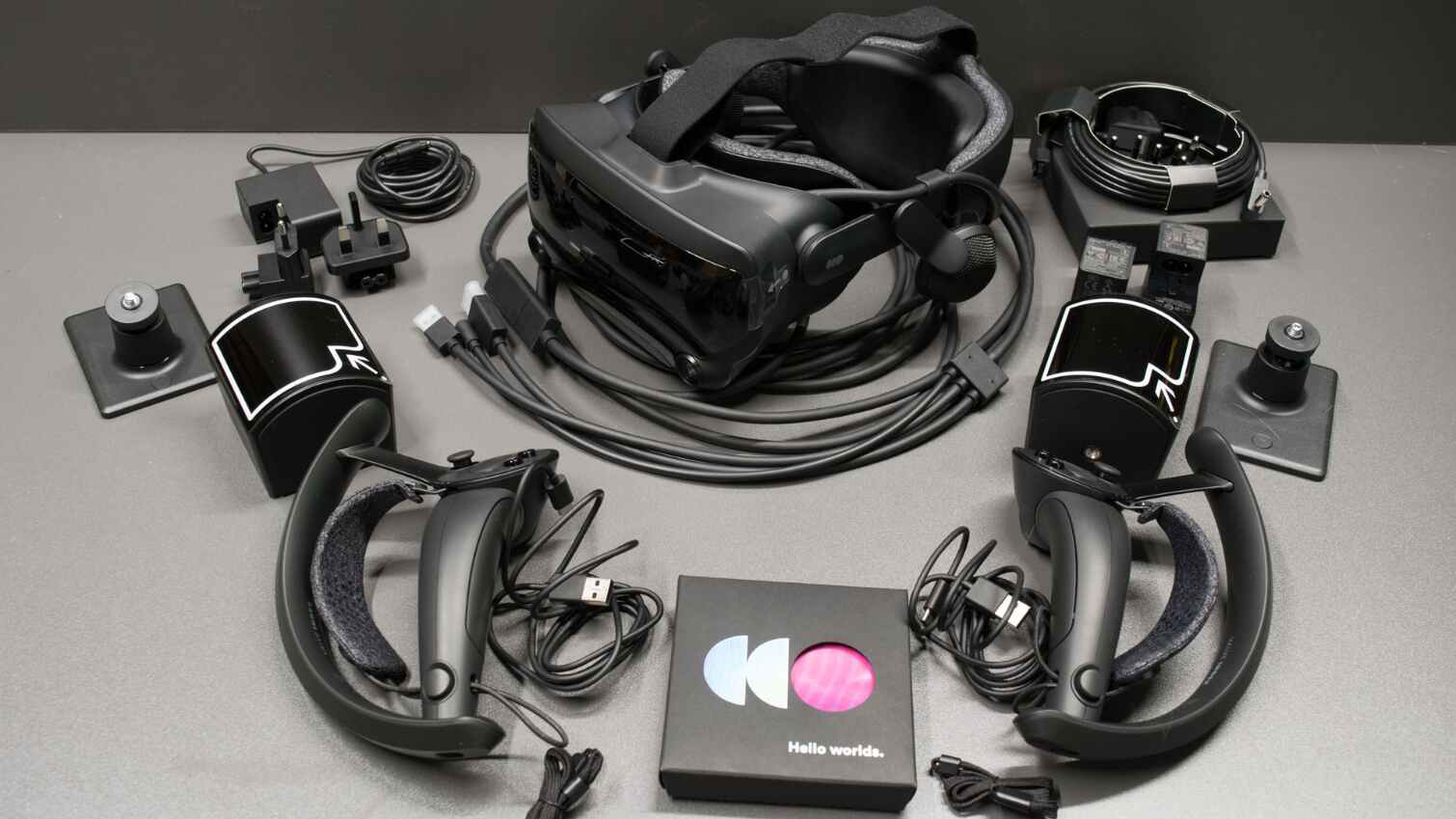
The last few weeks have been very exciting for fans of virtual reality (VR). HTC started taking orders for the Vive Pro Eye and the Vive Focus Plus business-focused headsets, HP released the Reverb, which is the most impressive Windows Mixed Reality headset we’ve yet seen, and Oculus dropped the Rift S and the revolutionary Quest standalone VR headset.
The headset releases have been coming in rapid succession, but the fun’s not over yet. There’s still one more headset coming to market this quarter, and it could be one of the most important releases of the year. Valve, the company famous for developing the Half-Life game series and the Steam content delivery platform, is jumping into the VR hardware pool, and it’s not just dipping its toes in. Valve is diving headfirst into the deep end with it’s upcoming Index headset.
Valve’s Index headset doesn’t hit the market until late June, but in April we got our first hands-on with the Index. Now, we've got a kit of our own. Stay tuned for our full review in the coming weeks. In the mean time, here are some things about the Index you may have missed.
It Has an Adjustable Refresh Rate
Valve’s Index headset made headlines when Valve revealed its specifications in April because it’s the first PC-connected VR solution with displays that support a refresh rate of 120 Hz and beyond.
The Index isn’t the first VR headset with a 120 Hz display. That honor goes to the Sony PSVR, believe it or not, but Sony’s PlayStation needs to cheat to make use of it. PSVR games that support the 120 Hz mode of the display usually run at 60 frames per second (fps), and the rendered frames are doubled to match the screen. With the Index, your PC must drive the panel with 120 fps from the GPU.
Valve’s headset also supports an experimental 144 Hz mode, which no other headset offers currently.
There's a Cushion for Tiny Heads
Most VR headsets come with recommendations that you should not let children under 13 use the device. As such, most VR headsets are not designed to fit small heads properly.
Stay On the Cutting Edge: Get the Tom's Hardware Newsletter
Get Tom's Hardware's best news and in-depth reviews, straight to your inbox.
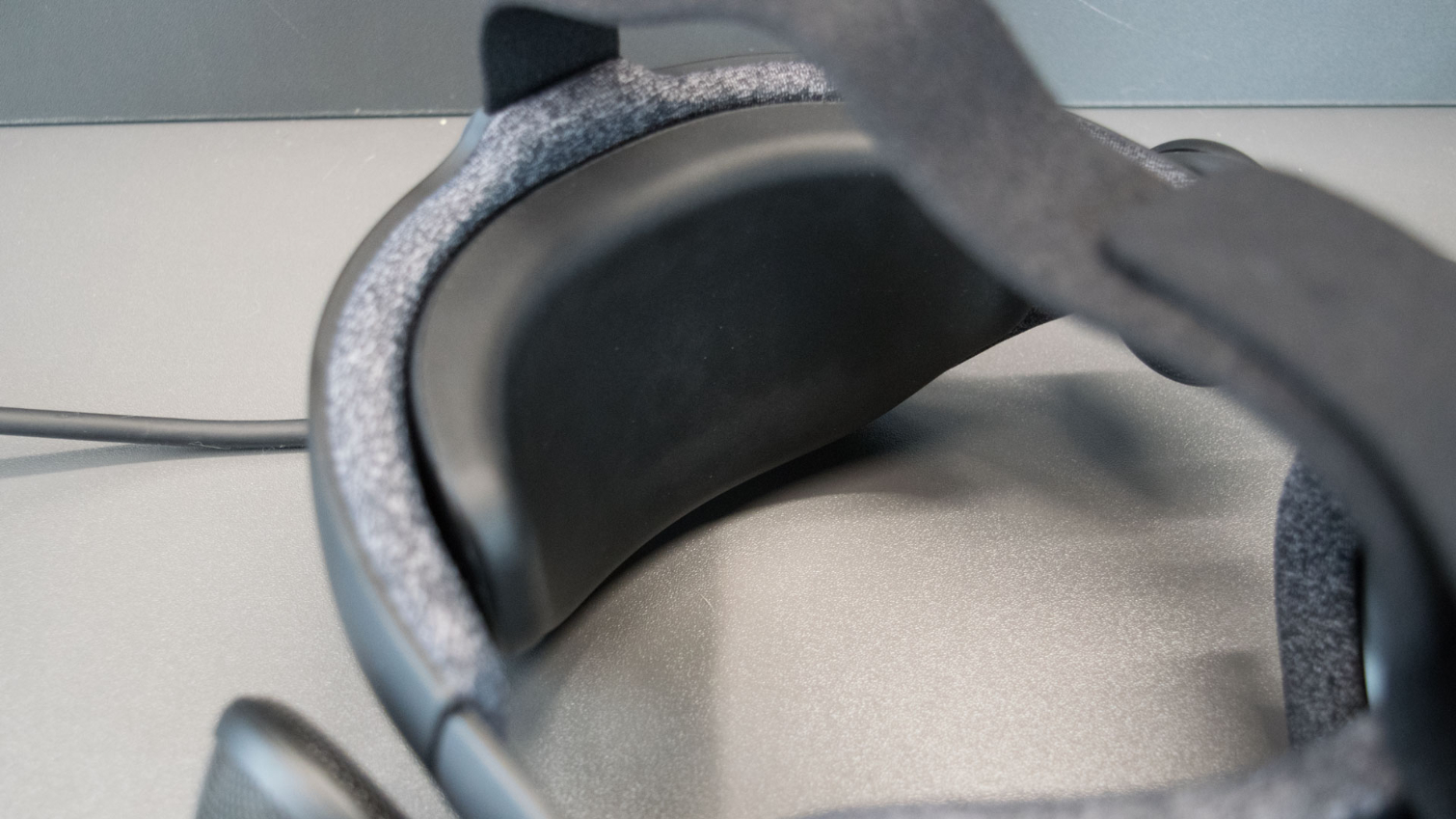
Valve’s Index doesn’t include such warnings. What’s more, the company bundled a spacer with the headset that enables better fitment on little noggins.
The cushion is made of soft foam rubber, and it fits snugly into the opening on the back of the head strap.
The Frunk Has no Use …Yet
Valve’s Index headset famously includes a front compartment, which Valve lovingly calls the “frunk.” This compartment is slightly larger than a Leap Motion sensor, and it features a USB port, which prompted many to speculate that space was designed for a Leap Motion sensor.
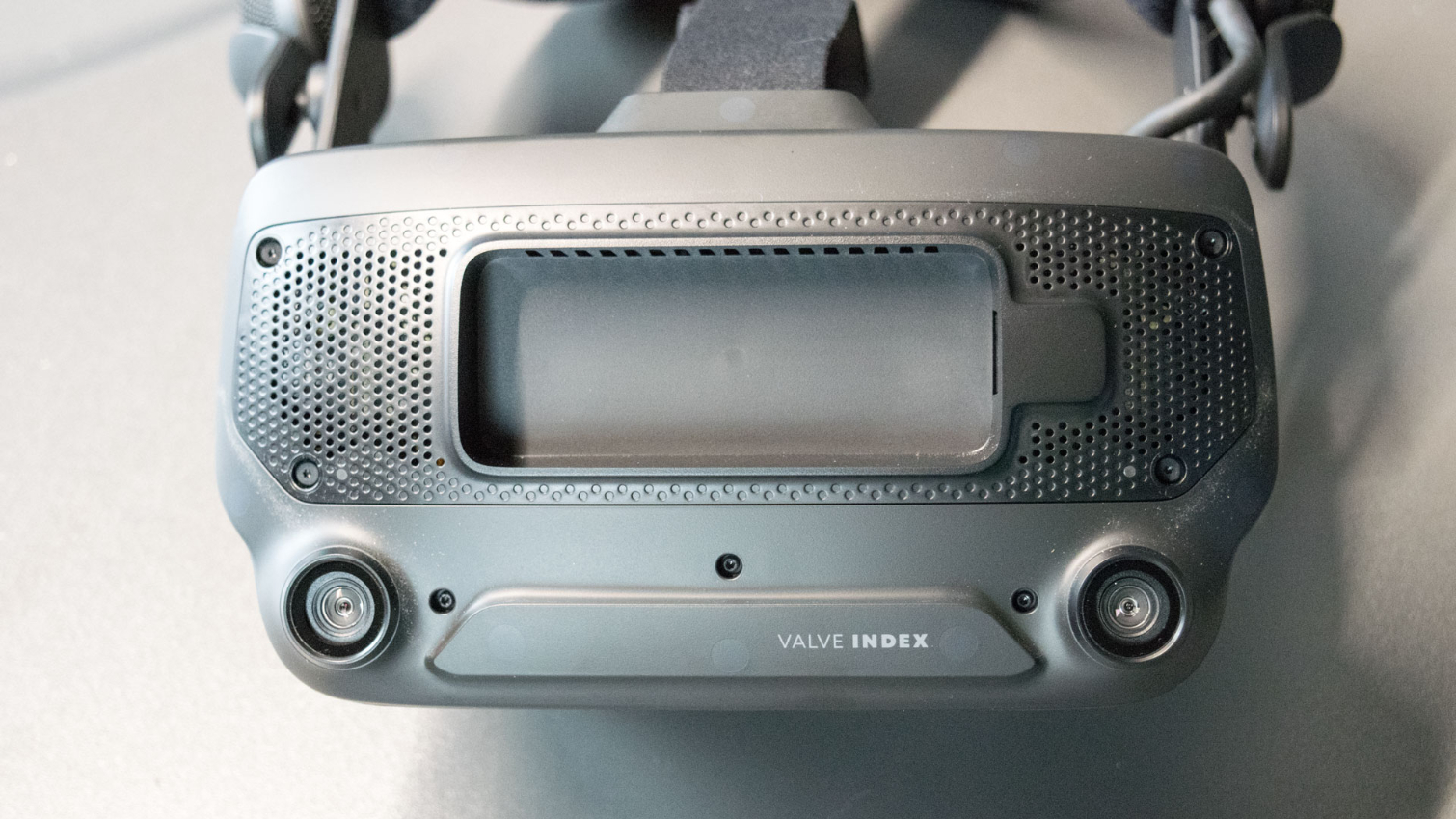
The truth is, Valve has no specific plans for the “frunk” and doesn't have specific plans for what developers and hardware makers will do with it. The company just put it there to inspire someone to create something unique.
There Are Magnetic Components
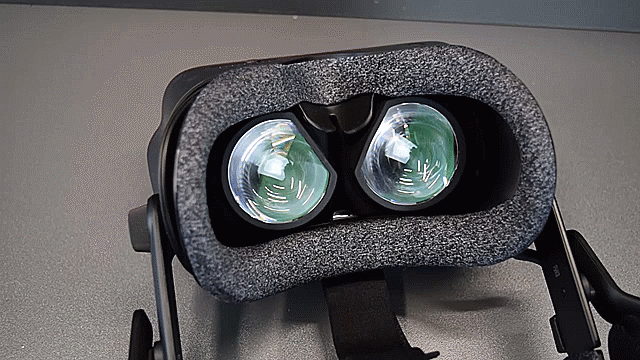
The Index features a unique attachment system for the headset’s accessories. The front panel of the device and the face cushion frame fasten to the body of the headset with a handful of magnets. Cleverly, Valve took advantage of the screws that hold the headset together as the attachment location for the magnets.
There's a Headphone Jack and Speakers (No Headphones)
Valve's headset sports strap-mounted speakers so that you don’t need to wear a pair of headphones or earbuds to use the device. The headset-mounted audio solution isn’t a pair of headphones either.
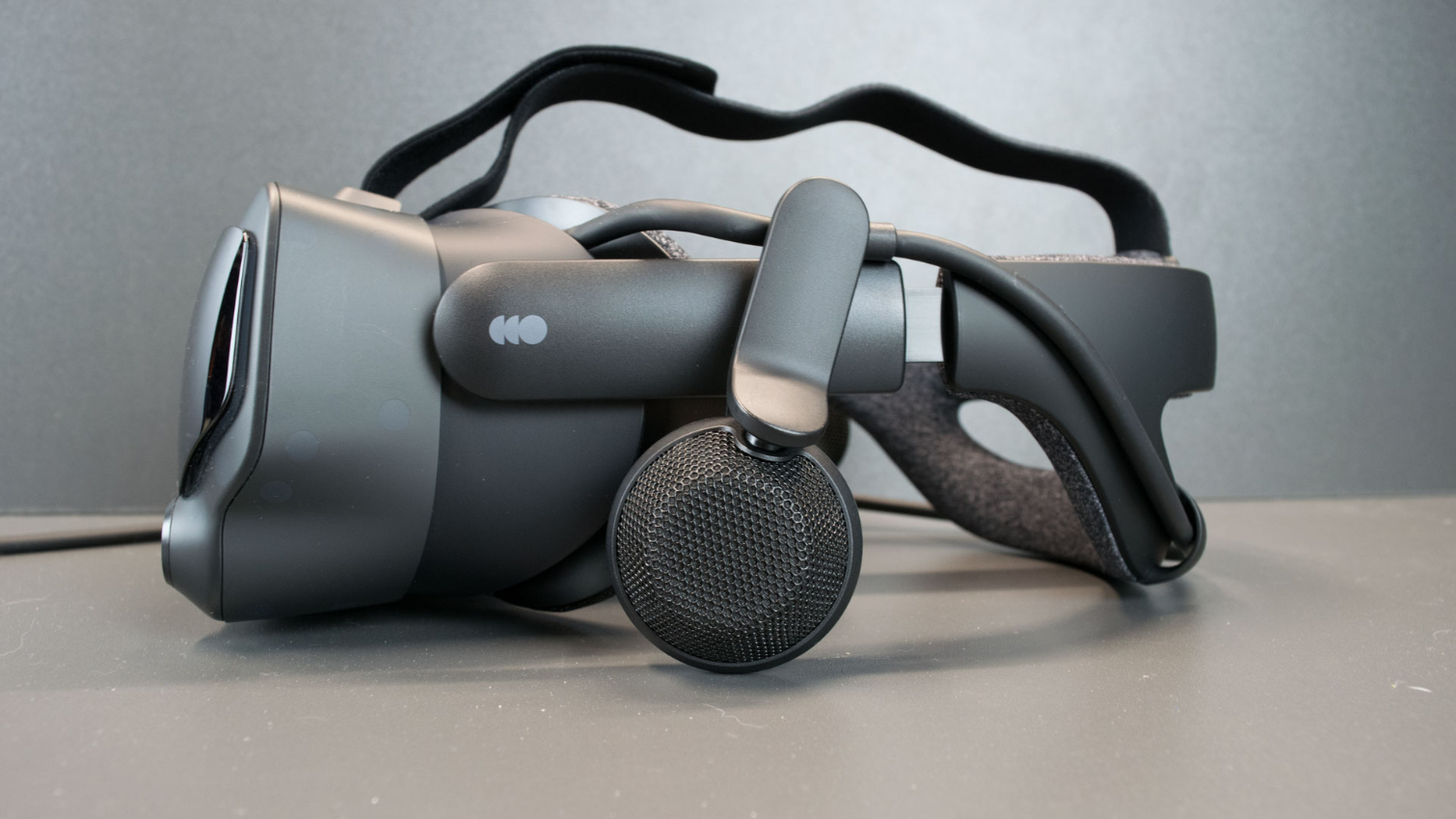
Valve installed a pair of tiny open-backed speakers that hang next to, but do not touch, your ears.
Although the Index has built-in speakers, you are not required to use them. You can detach the speakers by removing one screw for each side, and then connect your own headphones to the headphone jack.
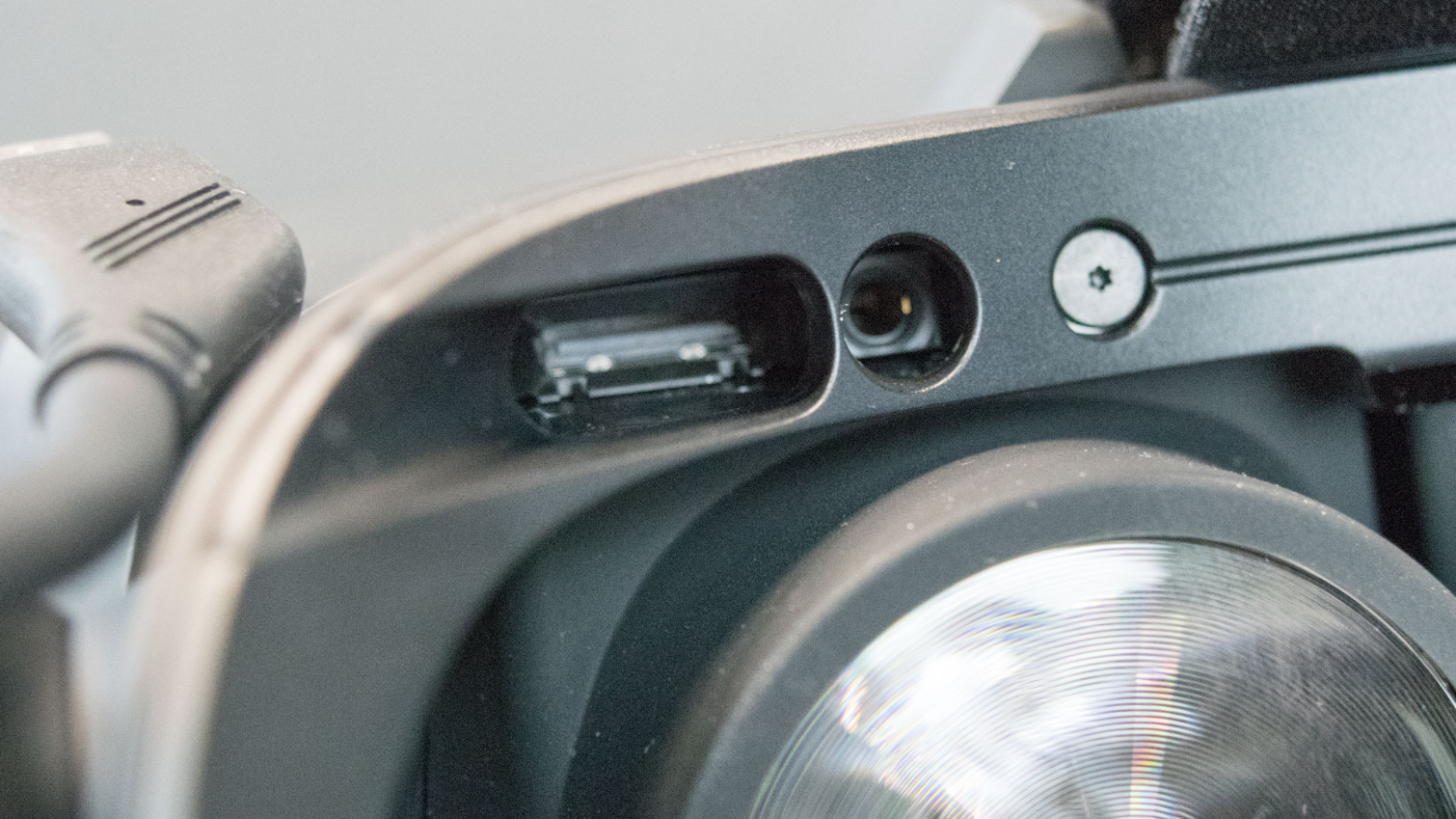
The jack is located right next to the data cable on the upper left of the headset. Note that the plug is recessed deep into the headset, so you’ll need headphones with a straight plug; 90-degree plugs won’t fit.
Breakaway Cable, No Link Box
The upcoming HMD (head-mounted display) comes with a long tether cable that transfers the video, audio and input signals between the PC and the headset. The cable features a USB 3.0 and a DisplayPort 1.2 port on the PC end, as well as barrel connector for the power adapter. Unlike the HTC Vive headset, the Index doesn’t have a link box to bridge the connections.
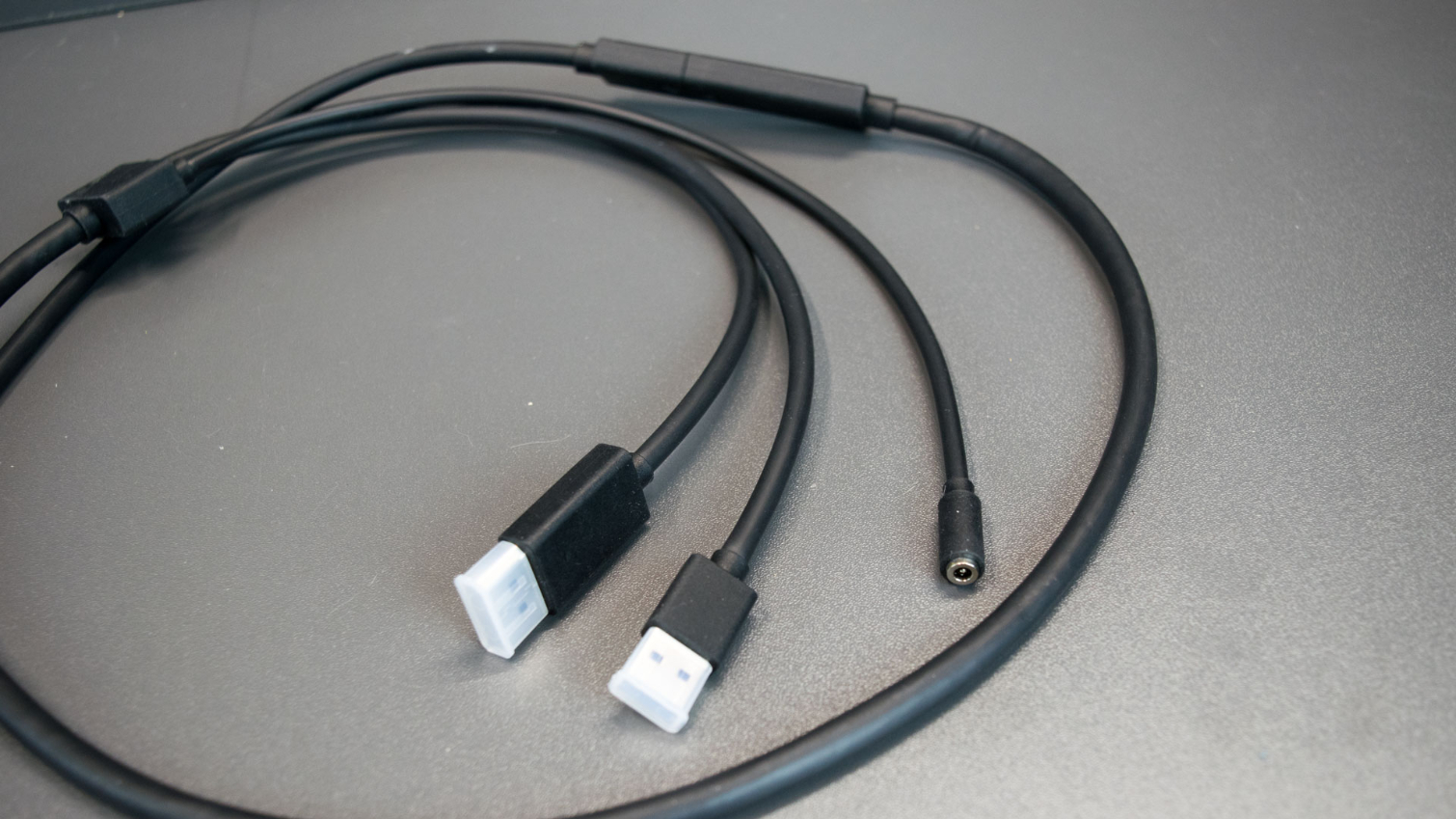
Instead, the cable on the Index headset has an in-line breakaway port approximately 4 feet from the computer end, which should help protect your graphics card outputs and USB ports from damage should you trip over the cord.
Index (Formerly Knuckles) Controllers Work With Everything
The release of the Index headset also marks the release of the coveted Knuckles controllers, but renamed as the Index controllers. They allow you to open your hands freely without dropping them on the ground, which enables a host of new interactions within VR environments.
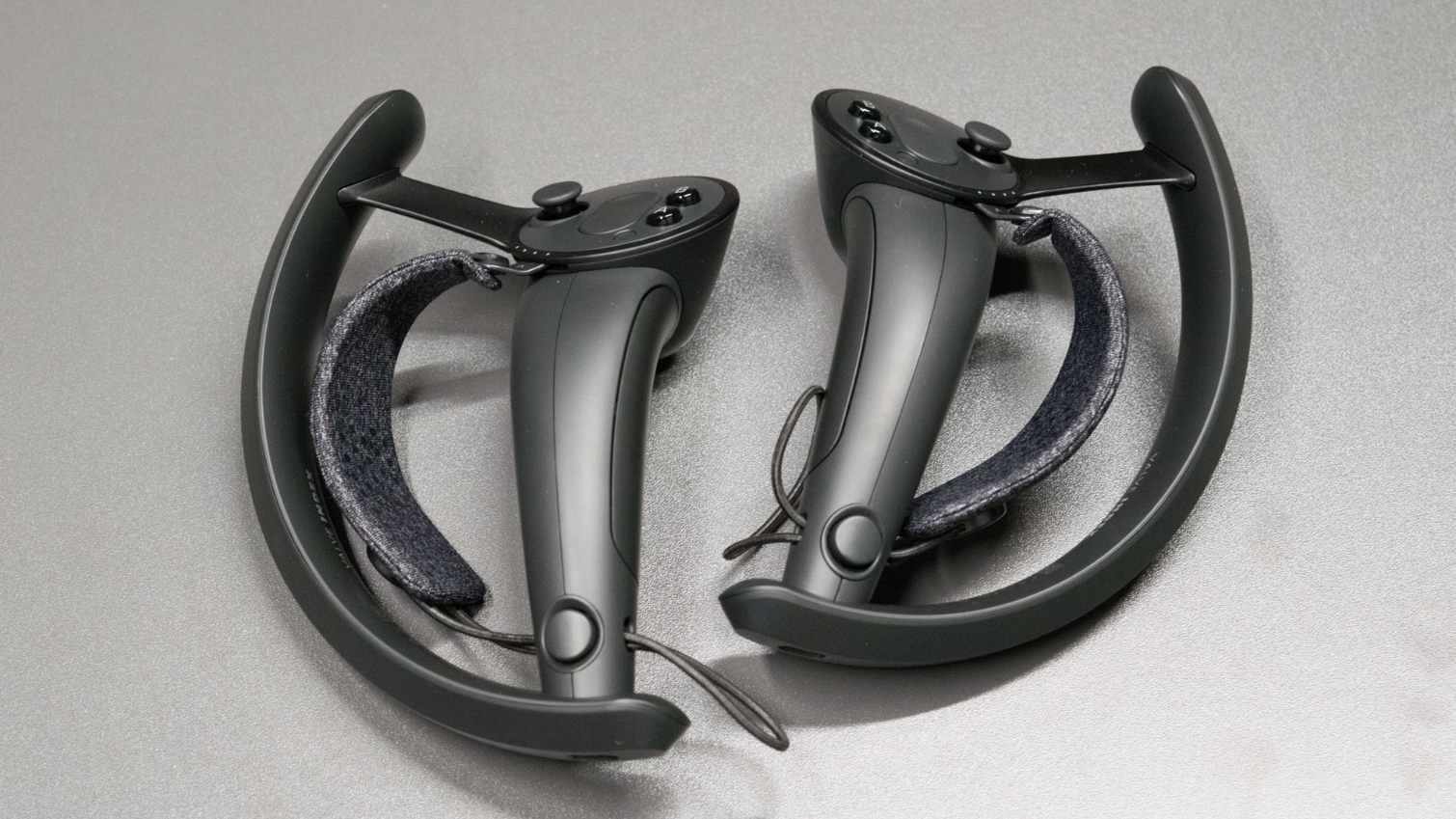
The controllers track your fingers with capacitive sensors and include pressure sensing technology for understanding how hard you squeeze the handles. Understandably, some have expressed concern that the Index controllers would have limited support from developers and therefore be useless in existing games.
Fortunately, the input options on the Index controllers map one-to-one with the buttons on the HTC Vive wands. In games that don’t include native support for the Index controllers, the pressure sensor on the handle becomes the grip button. The thumbstick and the small trackpad split the workload to replicate the functions of the circular trackpad on the Vive controllers.
No Inside-Out Tracking
One of the most prominent features of the Valve Index headset is the pair of front-facing cameras located on the lower corners of the faceplate. Before Valve released the full specifications of the headset, many suspected it would feature some form of inside-out tracking. It does not.
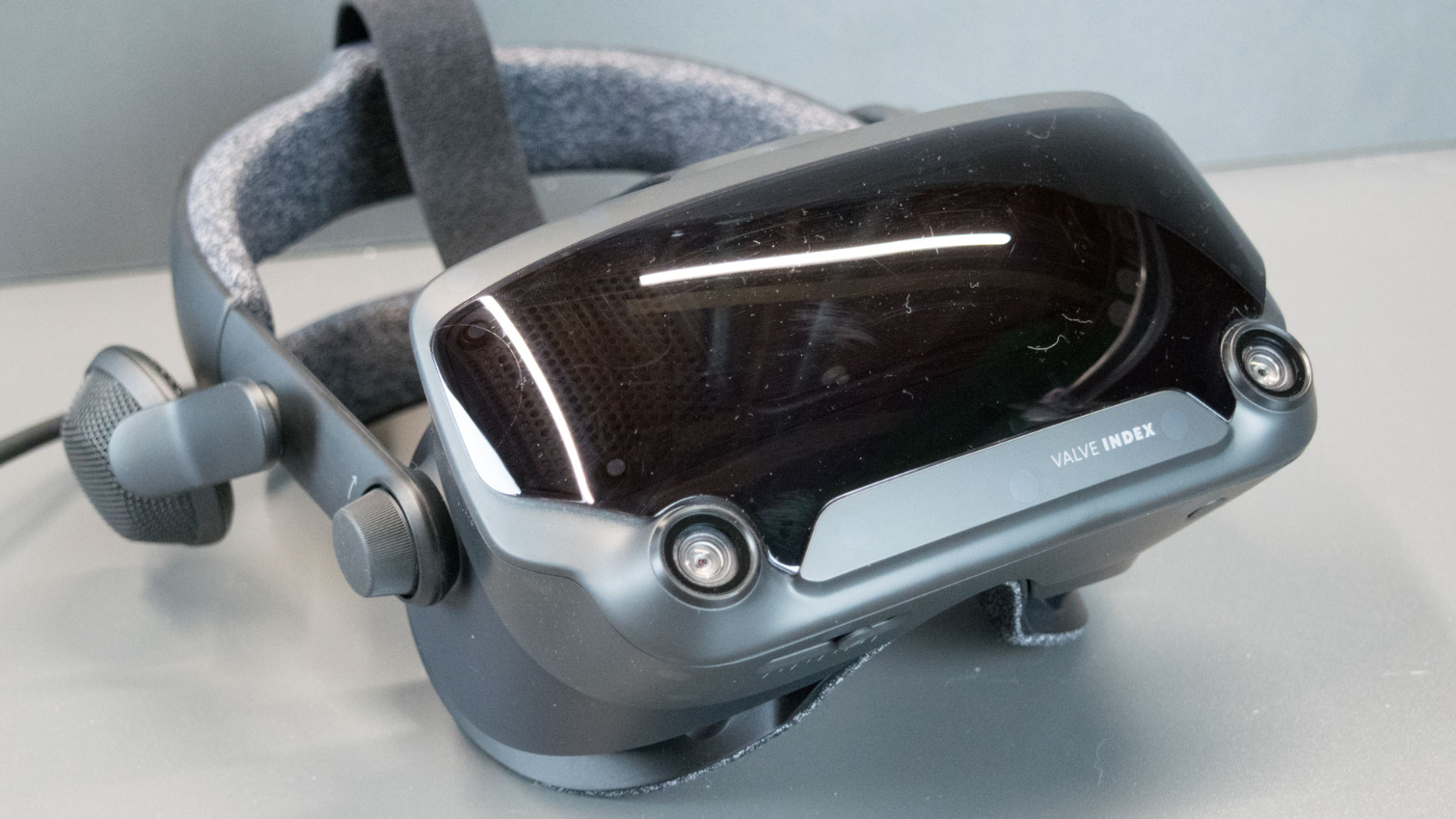
The Index headset features Valve’s SteamVR Tracking 2.0 system, with second-generation tracking sensors embedded in the device. The Index is compatible with the Lighthouse base stations that come with the Vive, or the 2.0 Lighthouses that you get with the full Vive Pro kit. Index headsets are available with and without the base stations.
Passthrough Camera
The cameras on the front of the Index headset are RGB passthrough cameras, which provide a full-color image of the real world around you on the screen inside the headset. Valve hasn’t spoken much about the capability of these cameras, besides showing us some early demos. But we expect to learn more as we approach the release of the headset in late June.
It's Available In Limited Quantities
Valve is set to start shipping the Index hardware to the first round of customers at the tail end of June. The first batch of headsets sold out via pre-order on May 1, and Valve has already sold its entire production run for the summer. If you order today, you should expect to receive your Index no earlier than September.
Valve offers the Index in a variety of different packages. The full kit, which includes the headset, controllers, and new base stations sell for $999. The headset with controllers sells for $749. The headset alone is $499, and the controllers sell for $279. Individual base stations are also available for $149 each.
Photo Credits: Tom's Hardware
Kevin Carbotte is a contributing writer for Tom's Hardware who primarily covers VR and AR hardware. He has been writing for us for more than four years.